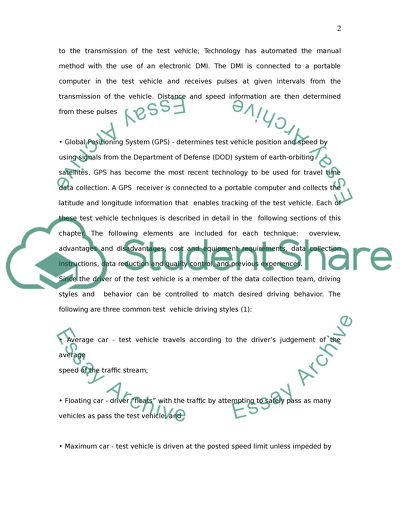Cite this document
(Techniques for Measuring Over-All Speeds in Urban Areas Research Proposal - 1, n.d.)
Techniques for Measuring Over-All Speeds in Urban Areas Research Proposal - 1. Retrieved from https://studentshare.org/engineering-and-construction/1527642-discussion-board
Techniques for Measuring Over-All Speeds in Urban Areas Research Proposal - 1. Retrieved from https://studentshare.org/engineering-and-construction/1527642-discussion-board
(Techniques for Measuring Over-All Speeds in Urban Areas Research Proposal - 1)
Techniques for Measuring Over-All Speeds in Urban Areas Research Proposal - 1. https://studentshare.org/engineering-and-construction/1527642-discussion-board.
Techniques for Measuring Over-All Speeds in Urban Areas Research Proposal - 1. https://studentshare.org/engineering-and-construction/1527642-discussion-board.
“Techniques for Measuring Over-All Speeds in Urban Areas Research Proposal - 1”. https://studentshare.org/engineering-and-construction/1527642-discussion-board.


